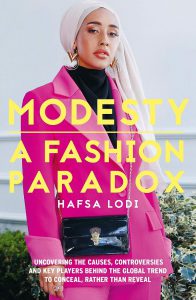Interesting Take On High School Love Angles. This book is quirky enough to make everything work, and yet has a lot of things about it that will throw various groups off – often having some element that may be popular with one group, yet having another element that will be off-putting to that same group. For example, you’ve got the aura-reading ability where our main character sees emotions as colors and you’ve got the nonbinary side character – and yet the book’s very premise is that our main character is openly catfishing, gets caught doing so, and yet things somehow still work out for her. You’ve got some good, hard work ethic going with both our main character and her best friend, and yet the best friend openly chooses the boy over her best friend. You’ve got the seemingly rural small town North Carolina vibe going on – and you’ve got the aforementioned nonbinary character that seems mostly tacked in just to have an excuse to go off on “small minded Republicans” and to be able to promote that the book has a queer character. It could be argued that doing this character in this manner isn’t inclusive, but exploitive – and off putting to at least some potential readers anyway. And yet, despite all of its contradictions and issues… the book truly does work. If you’re into young adult/ high school romance at all, this book is going to scratch most every itch you have there, and it does in fact have the interesting wrinkles of the auras and how to *use* that ability to set it apart from the field naturally, without needing all of the other aspects. In the end, despite coming close to seeming to try too hard, this really is a mostly benign and fairly interesting tale within its genre, and a very easy and mostly inoffensive summer/ beach read that won’t get the pulse pounding too much, but will instead be a more charming and breezy read while sitting poolside or oceanside soaking up some sun. Recommended.
PS: There is no such thing as a love triangle without at least two of the three people involved being bisexual. Thus, while some describe this book as featuring a love “triangle”, as all three involved are never described as bisexual, it is most accurately described as a love “angle”, with three points and two line segments, the segments meeting at a common point. But this could well be the former math teacher and Autistic in me coming out. I admittedly tend to be a bit pedantic on this particular point. 🙂
This review of The Broken Hearts Club by Susan Bishop Crispell was originally written on May 26, 2023.


